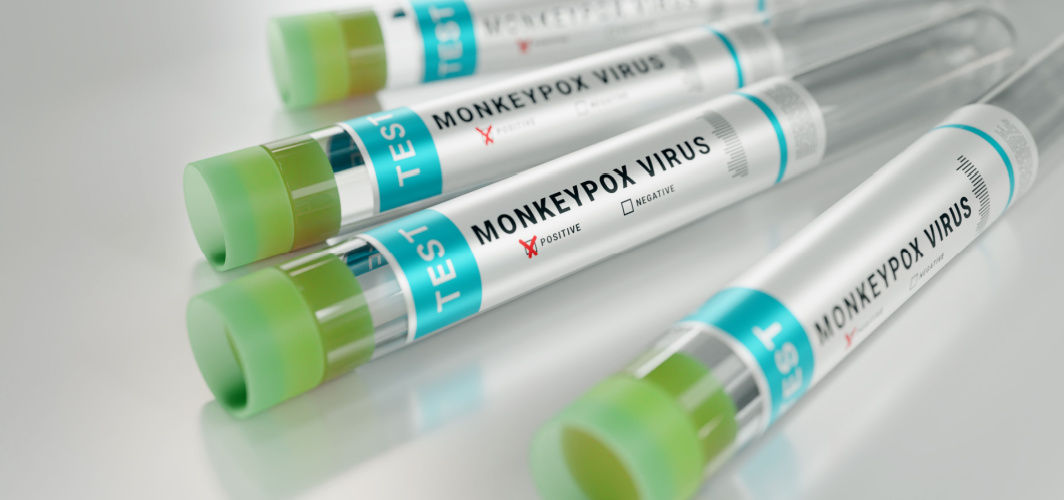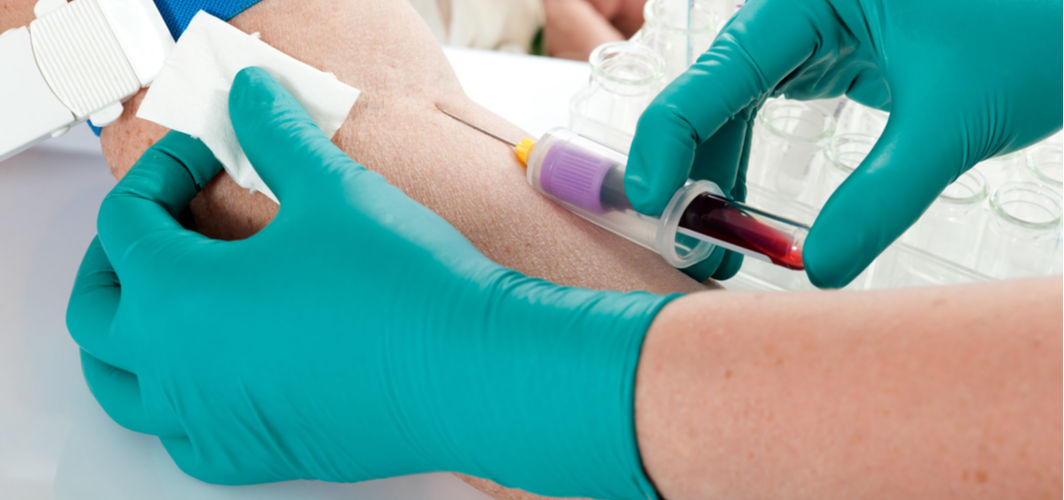General Health
Monkeypox: Symptoms, Cause, Diagnosis, Treatment, Prevention
6 min read
By Apollo Pharmacy, Published on - 19 July 2023
Share this article
0
0 like

Monkeypox is a viral disease belonging to the same family as smallpox and chickenpox. While it is typically reported in Central and West African countries, sporadic cases have also been reported in other countries as well. In this article, we will provide you with valuable information about monkeypox, including its symptoms, causes, diagnosis, treatment, and prevention. We will also explore the recent updates in guidelines, new technologies, and lifestyle factors related to the disease.
What is Monkeypox?
Monkeypox is a viral disease that was first identified in monkeys in 1958 and later found to infect humans as well. It is primarily caused by a virus known as monkeypox. Although human-to-human transmission is possible, it is less common than animal-to-human transmission.
The virus is primarily passed on to human beings as a result of direct interaction with animals, who are infected, such as rodents or non-human primates. The virus can spread via respiratory droplets, interaction with bodily fluids or skin lesions of animals who are infected, or with contaminated materials.
Human-to-human transmission can occur as a result of close interaction with infected individuals, including respiratory droplets or interaction with skin lesions.
Symptoms of Monkeypox
Monkeypox is a viral disease that causes a variety of symptoms in infected individuals. While the symptoms can vary in severity and duration, there are some common signs that can help identify the infection.
Some common symptoms of monkeypox include:
- Fever: Most infected individuals develop a fever within 1 to 3 days after exposure to the virus. The fever is usually moderate but can be high in some cases.
- Rash: A rash is one of the hallmark symptoms of monkeypox. It typically starts on the face and then spreads to other body parts. The rash develops in different stages, including papules, vesicles, pustules, and crusts.
- Headache: Many individuals infected with monkeypox experience headaches, which can range from mild to severe.
- Muscle aches: Muscle aches and pains are common during the early stages of the disease.
- Swollen lymph nodes: Enlarged lymph nodes, especially in the affected area, are often seen in patients with monkeypox.
It is crucial to note that the severity and duration of symptoms can vary from person to person. Since these symptoms can be similar to those of other diseases such as chickenpox or smallpox, proper diagnosis is crucial to differentiate monkeypox from other conditions.
If you experience any of these symptoms or suspect you might have been exposed to monkeypox, it is advised to seek medical attention promptly.
Cause and Transmission of Monkeypox
The exact cause of monkeypox is still not fully understood, but it is believed to be transmitted to human beings as a result of direct interaction with animals who are infected, such as rodents or primates.
- The primary mode of transmission is through the handling of animals who are infected, their body fluids, or their bedding materials.
- High-risk activities for contracting monkeypox include hunting, preparing bushmeat, and caring for sick animals.
- People living in or visiting regions where monkeypox is known to exist are also at a higher risk of infection.
Diagnosis of Monkeypox
Early diagnosis of monkeypox is crucial for several reasons:
- Ensures timely treatment initiation
- Helps contain the spread of the disease
- Facilitates effective monitoring of outbreaks
Diagnosing monkeypox involves a combination of clinical observation and laboratory testing. During the physical examination, doctors will look for characteristic symptoms such as fever, rash, and swollen lymph nodes. To confirm the diagnosis, blood samples are collected, which undergo a PCR test.
Polymerase chain reaction (PCR) analysis is widely used to detect the virus in these samples. This test can identify the specific genetic material of the virus.
Treatment for Monkeypox
When it comes to treating monkeypox, the main focus is on providing supportive care to ease discomfort and aid in recovery.
Here are some supportive care measures commonly used:
- Pain Relief: Over-the-counter pain medications like acetaminophen or ibuprofen can help alleviate fever, headache, and body aches associated with monkeypox.
- Hydration: Drinking plenty of fluids is crucial to prevent dehydration, especially if there is a fever or excessive sweating.
- Rest: Taking ample rest allows the body to heal and recover more effectively.
In severe cases of monkeypox, antiviral medications might be considered as part of the treatment plan. These medications work by inhibiting the replication of the virus and reducing the severity of symptoms.
However, it is crucial to note that there is currently no specific antiviral medication approved specifically for monkeypox treatment. Research is ongoing to explore potential options.
Prevention of Monkeypox
Some personal preventive measures that you can take to prevent monkeypox include:
- Wash your hands regularly with soap and water. It is crucial to wash your hands thoroughly for at least 20 seconds, especially after coming into touch with animals or their products.
- Avoid direct interaction with monkeys, rodents, or other animals that could carry the virus. This includes avoiding handling sick or dead animals, as well as their blood, fluids, or tissues.
- Currently, there is no specific vaccine available for monkeypox. However, the smallpox vaccine has shown some effectiveness in preventing monkeypox infection. If you live in or travel to an area where monkeypox outbreaks have occurred, consult a healthcare professional regarding smallpox vaccination.
Monkeypox Complications
Monkeypox can cause a range of symptoms, from mild to severe, and understanding its complications is crucial for effective management. In severe cases of monkeypox, the affected person may experience long-term symptoms and complications. These can include:
- Scarring
- Skin depigmentation
- Eye problems such as conjunctivitis or corneal ulceration
- Secondary bacterial infections
Additionally, some individuals can experience post-viral syndrome, which can lead to persistent fatigue and other lingering symptoms after recovery. Therefore, it is crucial to follow up with healthcare professionals for guidance on wound care, pain management, and monitoring for any signs of secondary infections or post-viral syndrome.
Takeaway
In conclusion, monkeypox is a viral disease that affects both humans and animals. Symptoms of monkeypox are similar to those of smallpox but milder in nature. Early detection is crucial for timely treatment and containment of the disease. Currently, there is no specific treatment for monkeypox. However, by being aware of the symptoms and following preventive measures, we can help protect ourselves and others from this rare but potentially serious disease.
Strengthen your immunity against such viral infections with immunity boosters.
FAQs
Q. How is monkeypox diagnosed?
Diagnosis is usually made based on clinical symptoms and confirmed with the help of laboratory tests, such as PCR testing or antibody detection.
Q. What is the treatment for monkeypox?
There is no specific treatment for monkeypox. Supportive care measures like hydration, pain relief, and fever management are provided to alleviate symptoms. In severe cases, antiviral medications could be used.
Q. How can monkeypox be prevented?
Avoiding interaction with animals carrying the virus, using hand sanitisers and soap, and following proper food safety can help prevent monkeypox effectively.
Q. Can monkeypox be fatal?
While most cases of monkeypox resolve on their own without complications, severe infection can occur, especially in individuals with weakened immune systems.
Q. How long does it take for symptoms to appear after exposure?
The incubation period for monkeypox is usually 7 to 14 days, but it can range from 5 to 21 days.
Medically reviewed by Dr Sonia Bhatt.
General Health
Leave Comment
Recommended for you

General Health
Dos and Don’ts Before a Blood test
Most patients are recommended to undergo a blood test before any surgery. This is because blood tests can help the surgeon rule out the presence of any major blood disorder that can affect the surgery and its outcomes.

General Health
For How Long Does Radiation Stay In Your Body After A CT Scan?
Computed tomography (CT) scans use radiation to create 3D images of your internal organs to aid diagnosis. While low radiation doses in tests slightly raise cancer risk, the risks from CT scans are controlled and usually outweighed by benefits. Read on to learn all you need to know about radiation exposure due to CT scans.

General Health
Dry Cough: Symptoms, Causes, Prevention, and Treatment
Find relief from the discomfort of a dry cough by understanding its causes and trying effective remedies. Identifying the underlying reason is important, whether it's due to infections, allergies, irritants, or medications. Read this article to overcome the challenges of a persistent dry cough.
Subscribe
Sign up for our free Health Library Daily Newsletter
Get doctor-approved health tips, news, and more.
Visual Stories

Could There Be More to Your Snore?
Tap to continue exploring
Recommended for you

General Health
Dos and Don’ts Before a Blood test
Most patients are recommended to undergo a blood test before any surgery. This is because blood tests can help the surgeon rule out the presence of any major blood disorder that can affect the surgery and its outcomes.

General Health
For How Long Does Radiation Stay In Your Body After A CT Scan?
Computed tomography (CT) scans use radiation to create 3D images of your internal organs to aid diagnosis. While low radiation doses in tests slightly raise cancer risk, the risks from CT scans are controlled and usually outweighed by benefits. Read on to learn all you need to know about radiation exposure due to CT scans.

General Health
Dry Cough: Symptoms, Causes, Prevention, and Treatment
Find relief from the discomfort of a dry cough by understanding its causes and trying effective remedies. Identifying the underlying reason is important, whether it's due to infections, allergies, irritants, or medications. Read this article to overcome the challenges of a persistent dry cough.